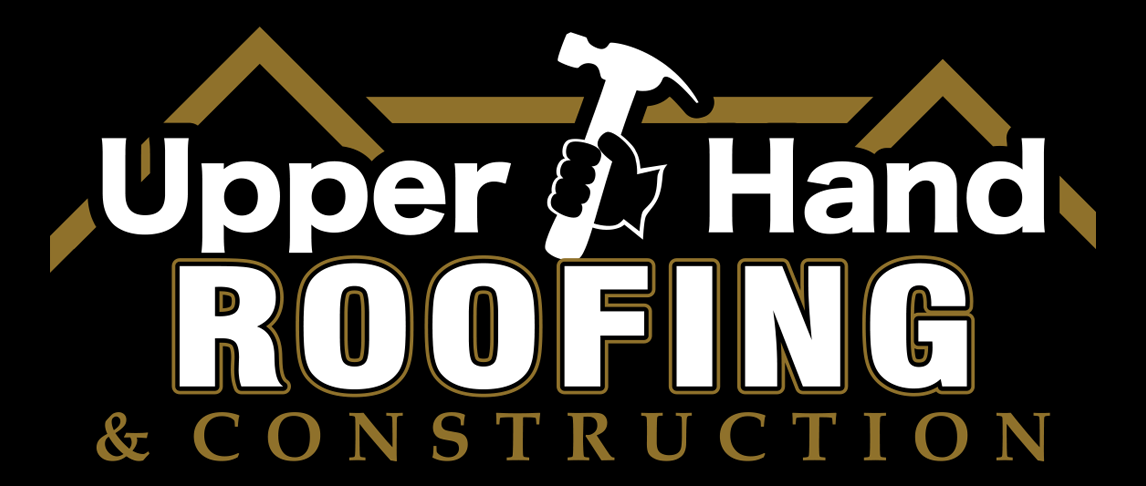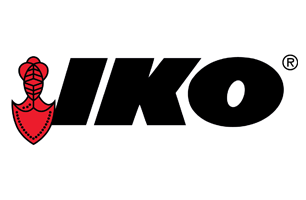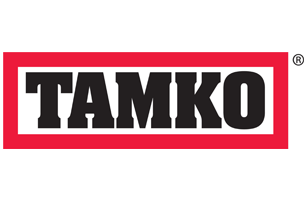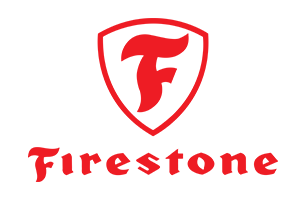BETTER YOUR HOME BETTER YOUR LIFE
FAQs
Upper Hand Roofing & Construction
Have a question about property improvements? We have the answer you're looking for at Upper Hand Roofing & Construction. Check out these FAQs and contact us today for more information!
Do I need a WPI-8 Windstorm Certificate for my roof or siding replacement?
If your property is located within a TDI catastrophe zone, you will need a WPI-8 windstorm certificate to maintain windstorm insurance. This requirement applies not only to roofing but also to the entire exterior of your home, including windows and doors.
The catastrophe zone generally covers areas within approximately 30 miles of the coast, though boundaries may vary. Some of the counties included in this zone are Harris, Refugio, Jefferson, Chambers, Brazoria, Matagorda, Calhoun, Aransas, San Patricio, Nueces, Kleberg, Kenedy, Willacy, and Cameron. To check if your property falls within one of these zones, visit the Texas Department of Insurance website.
This information is subject to change. For the most up-to-date details, please contact the Texas Department of Insurance. Feel free to reach out to us for further assistance.
Do I need a WPI-8 Windstorm Certificate for my roof or siding repair?
In general, repairs smaller than 100 sq. ft. do not require a windstorm certificate, but anything larger will.
This information is subject to change. Please contact the Texas Department of Insurance for verification. Feel free to reach out to us for more details.
What is the best type of attic ventilation? Are ridge vents better than static box vents?
Generally, the most efficient type of attic ventilation is solar attic fans. These fans use solar energy to power a motor that circulates air through your attic. During Texas summers, they can significantly reduce attic temperatures, helping you save on energy costs.
The next best option is ridge vents, as they are positioned at the highest points of the roof, where heat naturally rises and accumulates. However, some properties may not have enough ridge area, or their attic configuration may not allow for proper ventilation through ridge vents. In such cases, turbines or static vents can serve as effective alternatives.
More important than the type of vent used is ensuring the property has the correct amount of ventilation for its space. Contact us for assistance in making this calculation.
Should I use blown in fiberglass insulation or spray foam insulation?
Spray foam insulation is generally more efficient than traditional blown-in fiberglass. This is largely because the foam expands into tiny spaces, creating a seal in addition to providing insulation.
However, applying spray foam to a home that wasn’t originally designed for it can lead to major issues in the future. Unlike simply replacing one type of insulation with another, spray foam completely changes how the airspace in your home functions. In most cases, it converts the attic into a climate-controlled space. Without implementing the necessary modifications, this could pose serious risks, such as fire hazards or carbon monoxide buildup.
Contact us for more information.
Are laminate/laminated shingles better than architectural or 3-tab shingles? How about 25yr vs 30yr shingles?
To clarify, 30-year shingles, laminate shingles, laminated shingles, and architectural shingles are all different names for the same product. Similarly, 20-year shingles, 25-year shingles, and 3-tab shingles refer to the same type of product.
Architectural shingles are significantly stronger, more durable, longer-lasting, and more resistant to wind and storm damage compared to 3-tab shingles. This is due to two key differences:
Lamination: Architectural shingles are laminated, meaning they have two layers bonded together, making them nearly twice as thick as 3-tab shingles.
Structural Design: Architectural shingles are a single, solid piece, so in a storm, the wind must lift the entire shingle. In contrast, 3-tab shingles have vertical cuts dividing them into three separate sections. This design makes 3-tab shingles more vulnerable to wind damage, as the wind only needs to lift one-third of the shingle at a time.
Should I use Hardie Fiber Cement Siding, LP Smartsiding or Vinyl Siding?
Each type of siding has its pros and cons, but in most cases, we recommend fiber cement siding, such as James Hardie.
Fiber Cement Siding: Made of cement, this siding is highly resistant to water damage, making it ideal for our climate. However, it comes at a slightly higher price, is more brittle—making it prone to chipping—and absorbs moisture from paint, which may require more frequent repainting.
SmartSiding: A laminated, wood-based product, SmartSiding is extremely dense and impact-resistant, making it difficult to scratch or chip. However, like any wood product, it can be susceptible to water damage over time if not properly installed and maintained.
Vinyl Siding: The most affordable option, vinyl siding comes pre-colored, eliminating the need for painting and further reducing costs. However, because it is made of thin plastic, it is the least durable and offers the lowest wind resistance.
Every property is unique, so feel free to contact us with any questions—we’re happy to help guide you in choosing the best option for your home.
Can my roof be installed with nail guns or hand nails? How many nails per shingle?
If your property is located in a catastrophe zone, as defined by the Texas Department of Insurance, we strongly recommend having your roof installed using hand nailing with a hammer and ensuring six nails per shingle.
For properties outside catastrophe zones, using nail guns and four nails per shingle is an option, but we do not recommend it. The additional two nails per shingle significantly improve your roof’s wind resistance—and we provide this at no extra cost.
While nail guns can be used, they may compromise the quality of the fastener installation by under-driving, over-driving, or angling the nails incorrectly. Proper installation is key to ensuring a durable and long-lasting roof.
Should I use tar paper or synthetic as a roofing underlayment?
You should always opt for synthetic underlayment due to its numerous advantages. It is lighter in weight, significantly more durable, and far more resistant to tearing than traditional felt paper. Additionally, it is much easier to remove when it's time for a roof replacement.
Traditional 15# or 30# felt paper offers little to no benefit in comparison, making synthetic underlayment the superior choice.
Should I file an insurance claim?
If your property has sustained accidental damage from fire, water, wind, hail, or vandalism, and the repair costs exceed your deductible while being covered by your insurance policy, filing a claim is usually the best course of action.
However, every property and policy is unique, and various factors could influence your decision. For expert guidance, contact us to discuss your specific situation. Even if you're certain about filing a claim, we strongly recommend reaching out to us first—we can help you navigate the process and maximize your success.
Can my insurance carrier raise my premiums for filing a claim?
In most cases of storm damage, it is considered an “act of God”, meaning it was unavoidable. Since there was nothing you could have done to prevent it, your insurance company cannot legally penalize you for filing a claim, which means they cannot raise your premium solely because of the claim. However, they can increase rates for the entire zip code based on the overall risk.
With that said, after a major storm, your premium is likely to increase, regardless of whether you file a claim. Even if you're certain you’ll file, we strongly recommend contacting us first—we can help guide you through the claims process to ensure the best possible outcome.
Learn More About
Upper Hand Roofing & Construction
Serving the greater Houston, TX area, Upper Hand Roofing & Construction specializes in roofing, siding, gutters, general construction, and remodeling. We are a NextDoor Neighborhood Fave and deemed the Best company by BusinessRate. Call today!
serving Area
Serving the Greater Houston, TX Area
Business Hours
Mon - Fri 8:00 am - 5:00 pm
Saturday and Sunday by Appointment Only













Share On: